In Photos: India’s Most Powerful Rocket Launches on Debut Flight
Headless Rocket?
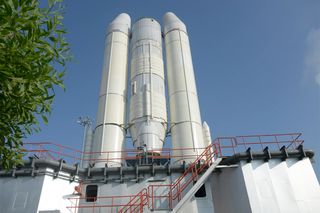
Looking bit like a Headless Horseman, but for space, India's first orbital GSLV Mark III rocket stands half-built on its pedestal. Here the twin S200 solid rocket stages have been attached to the core stage, but the upper stage still waits to be attached.
Stacking Things Up
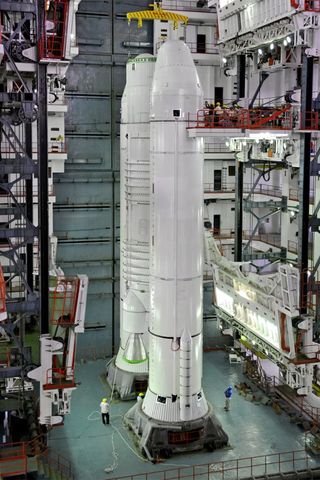
Inside India's Vehicle Assembly Building, the twin solid rocket boosters and core liquid-fueled stage of ISRO's GSLV Mark III rocket are mated together.
The Rocket's Core
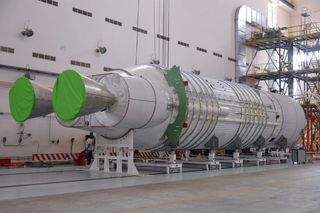
Powered by two of India's Vika rocket engines, the core stage of the GSLV Mark III is seen during the rocket process. The core stage stands about 69 feet tall (21 meters) and is 13 feet (4 m) wide.
Twin Boosters
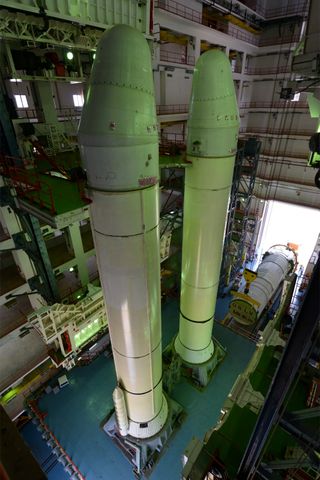
The two S200 strap-on solid rocket boosters for the GSLV Mark III rocket stand like lonely sentinels as they await their core stage. Each of the boosters is 82 feet packed with 205 metric tons of solid HTPB (hydroxyl-terminated polybutadiene) propellant.
Packing for Flight
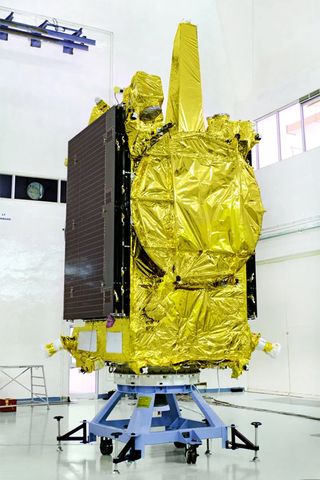
India's GSAT-19 communications satellite is seen in the clean room at the ISRO's Satish Dhawan Space Centre. Clean rooms offer sterile environments that allow engineers to work on satellites like GSAT-19 without fear of contamination to the spacecraft.
Passing the Test
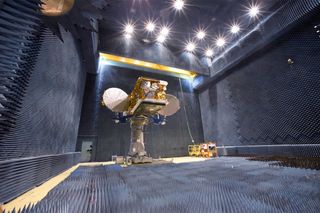
ISRO Engineers test the GSAT-19 communication satellite's antennas during a preflight check. The massive 6,913-pound (3,136-kilogram) satellite is designed to provide television broadcasts, data and broadband services for customers across India.
Inspecting GSAST-19
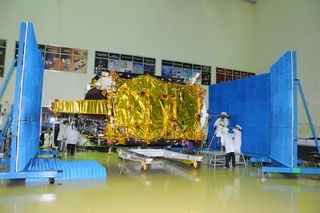
ISRO Engineers look over the GSAT-19 satellite to ensure it will be ready for its launch on the first orbital GSLV Mark III rocket.
Get the Space.com Newsletter
Breaking space news, the latest updates on rocket launches, skywatching events and more!
A Close Inspection
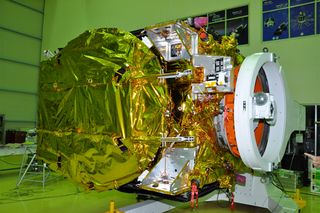
Much of the testing work on GSAT-19 was conducted at the ISRO Satellite Centre, which is home to the space agency's ISRO Satellite Integration and Test Establishment, or ISITE. Here, the satellite is seen during one of its many tests to make sure it is fit for flight.
Shake and Rattle
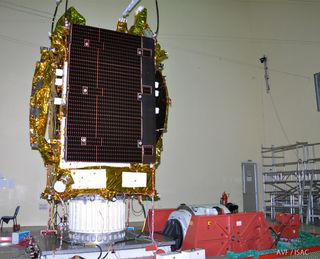
The GSAT-19 communications satellite undergoes a vibration test to make sure it can withstand the launch into orbit.
Reflections
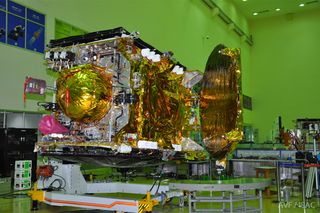
India's GSAT-19 undergoes a reflector deployment test to make sure the communications satellite's systems will perform as expected in orbit.
Join our Space Forums to keep talking space on the latest missions, night sky and more! And if you have a news tip, correction or comment, let us know at: community@space.com.

Tariq is the Editor-in-Chief of Space.com and joined the team in 2001, first as an intern and staff writer, and later as an editor. He covers human spaceflight, exploration and space science, as well as skywatching and entertainment. He became Space.com's Managing Editor in 2009 and Editor-in-Chief in 2019. Before joining Space.com, Tariq was a staff reporter for The Los Angeles Times covering education and city beats in La Habra, Fullerton and Huntington Beach. In October 2022, Tariq received the Harry Kolcum Award for excellence in space reporting from the National Space Club Florida Committee. He is also an Eagle Scout (yes, he has the Space Exploration merit badge) and went to Space Camp four times as a kid and a fifth time as an adult. He has journalism degrees from the University of Southern California and New York University. You can find Tariq at Space.com and as the co-host to the This Week In Space podcast with space historian Rod Pyle on the TWiT network. To see his latest project, you can follow Tariq on Twitter @tariqjmalik.









